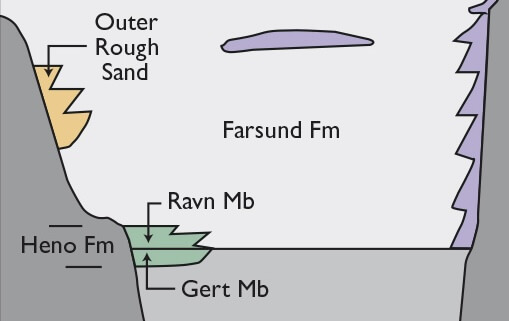
How to Cite
Share
Abstract
High porosity is a key factor for good reservoir sandstones for both hydrocarbon and geothermal energy exploitation. The porosity of sandstones generally decreases with increased burial depth due to compaction and cementation. However, some sandstones in the North Sea show higher porosity than expected for their burial depth, due to the presence of microquartz coatings (e.g. Aase et al. 1996; Hendry & Trewin 1995; Jahren & Ramm 2000; Maast et al. 2011). Siliceous sponge spicules have been documented to be an internal source of silica that promotes microquartz coatings (e.g. Hendry & Trewin 1995; Aase et al. 1996). Siliceous sponge spicules, the solid ‘skeleton’ of sponges, consist of opal-A and will dissolve when exposed to higher temperatures, thereby causing supersaturation of the formation water with respect to opal-CT and quartz, resulting in nucleation of numerous small (1–5 µm) quartz crystals (Williams et al. 1985; Hendry & Trewin 1995). To predict reservoir quality it is important to understand the distribution of porosity-preserving microquartz in clastic deposits, and yet this is still poorly understood. To address this, our study presents petrographical analyses of cored sandstone sections from wells of various depositional environments, including back-barrier, estuarine, shoreface and gravity flows, as well as various present-day burial depths across the Danish Central Graben.










